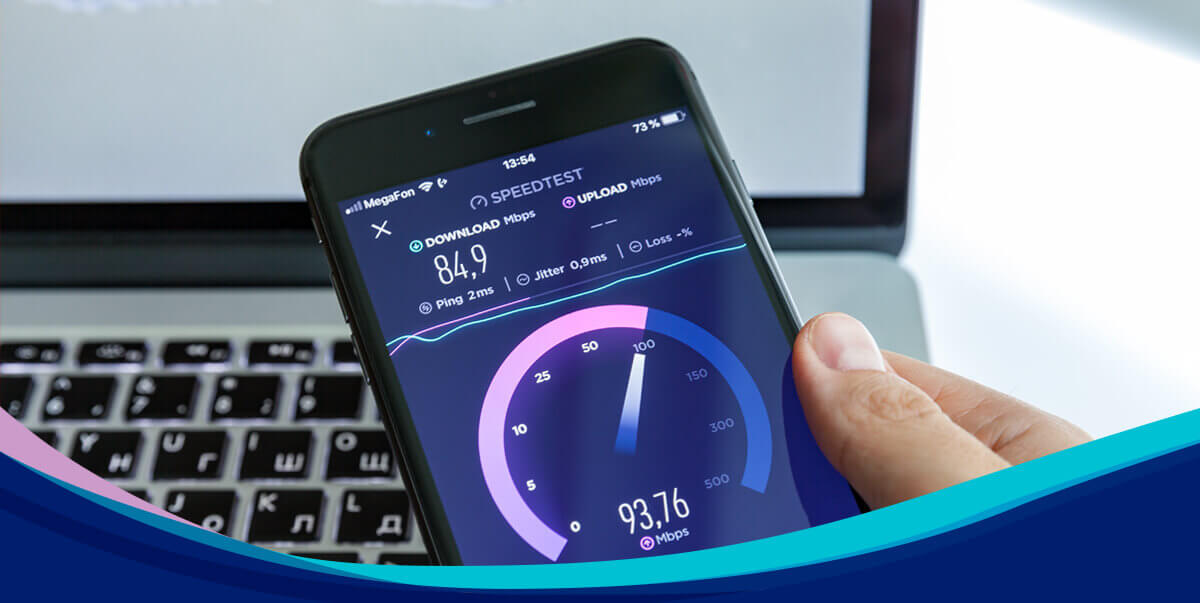The international, non-profit, and unaffiliated Moving Picture, Audio and Data Coding by Artificial Intelligence (MPAI) organisation developing AI-based data coding standards has concluded its 31st General Assembly (MPAI-31) approving Version 1 of the MPAI Metaverse Model – Functionality Profiles.
Technical Report – MPAI Metaverse Model (MPAI-MMM) – Functionality Profiles (https://mmm.mpai.community/) implements the second step of the MPAI roadmap for metaverse implementation interoperability. It defines the protocol infrastructure enabling the different elements of a metaverse instance to request elements of the same or different metaverse instances to execute actions, such as locating and animating an avatar; verifies that the infrastructure can support several characteristic use cases; and defines four functionality profiles.
MPAI recognises the role of Simone Casale-Brunet, Gérard Chollet, Panos Kudumakis, and Paolo Ribeca in the development of Technical Report – MPAI Metaverse Model (MPAI-MMM) – Functionality Profiles V1.
The Reference Software of the CAE-EAE (Context-based Audio Enhancement https://mpai.community/standards/mpai-cae/ – Enhanced Audioconference Experience https://mpai.community/standards/mpai-cae/about-mpai-cae/#Figure4) is now available upon request from the MPAI secretariat ([email protected]). By using the software and a microphone array, it is possible to separate and individually hear different audio sources at different positions.
MPAI is continuing its work plan comprising the development of the following Technical Specifications:
1) AI Framework (MPAI-AIF https://mpai.community/standards/mpai-aif/). V2 Technical Specification will enable an implementer to establish a secure AIF environment to execute AI Workflows (AIW) composed of AI Modules (AIM).
2) Avatar Representation and Animation (MPAI-ARA https://mpai.community/standards/mpai-ara/). V1 Technical Specification will support creation and animation of interoperable human-like avatar models expressing a Personal Status.
3) Multimodal Conversation (MPAI-MMC https://mpai.community/standards/mpai-mmc/). V2 Technical Specification will generalise the notion of Emotion by adding Cognitive State and Social Attitude and specify a new data type called Standard for Personal Status.
The MPAI work plan also includes exploratory activities, some of which are close to becoming standard or technical report projects:
1) AI Health (MPAI-AIH https://mpai.community/standards/mpai-aih). Targets an architecture where smartphones store users’ health data processed using AI and AI Models are updated using Federated Learning.
2) Connected Autonomous Vehicles (MPAI-CAV https://mpai.community/standards/mpai-cav). Targets the Human-CAV Interaction En-vironment Sensing, Autonomous Motion, and Motion Actuation subsystems implemented as AI Workflows.
3) End-to-End Video Coding (MPAI-EEV https://mpai.community/standards/mpai-eev). Extends the video coding frontiers using AI-based End-to-End Video coding.
4) AI-Enhanced Video Coding (MPAI-EVC https://mpai.community/standards/mpai-evc). Improves existing video coding with AI tools for short-to-medium term applications.
5) Server-based Predictive Multiplayer Gaming (MPAI-SPG https://mpai.community/standards/mpai-spg). Uses AI to train neural net-works that help an online gaming server to compensate data losses and detects false data.
6) XR Venues (MPAI-XRV https://mpai.community/standards/mpai-xrv). Identifies common AI Modules used across various XR-enabled and AI-enhanced use cases where venues may be both real and virtual.
It is still a good opportunity for legal entities supporting the MPAI mission and able to contribute to the development of standards for the efficient use of data to join MPA (https://mpai.community/how-to-join/join/).
Please visit the MPAI web site (https://mpai.community/), contact the MPAI secretariat ([email protected]) for specific information, subscribe to the MPAI Newsletter and follow MPAI on social media:
– LinkedIn (https://www.linkedin.com/groups/13949076/).
– Twitter (https://twitter.com/mpaicommunity).
– Facebook (https://www.facebook.com/mpaicommunity).
– Instagram (https://www.instagram.com/mpaicommunity/).
– YouTube (https://youtube.com/c/mpaistandards).

https://www.streamingmedia.com/Articles/ReadArticle.aspx?ArticleID=158461






